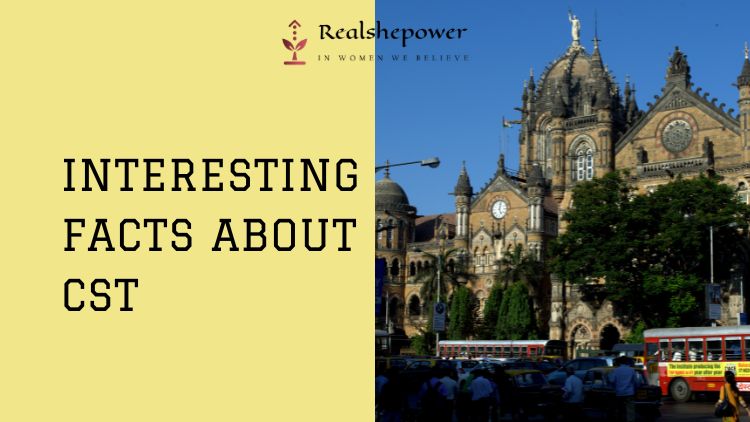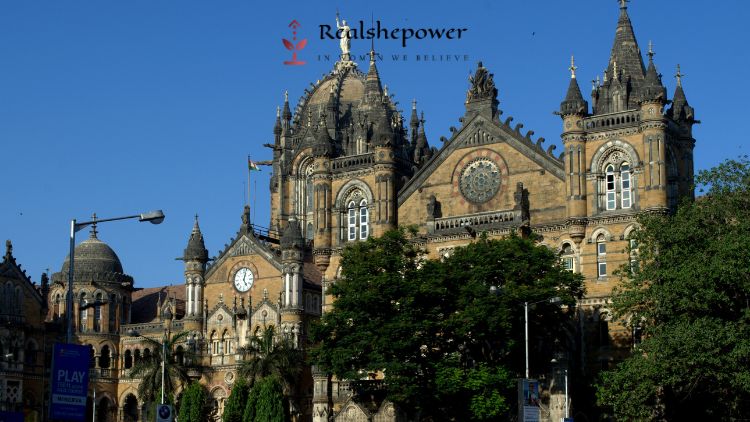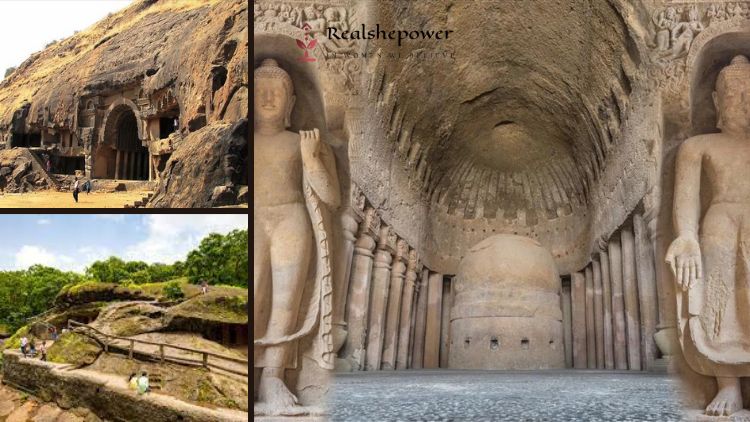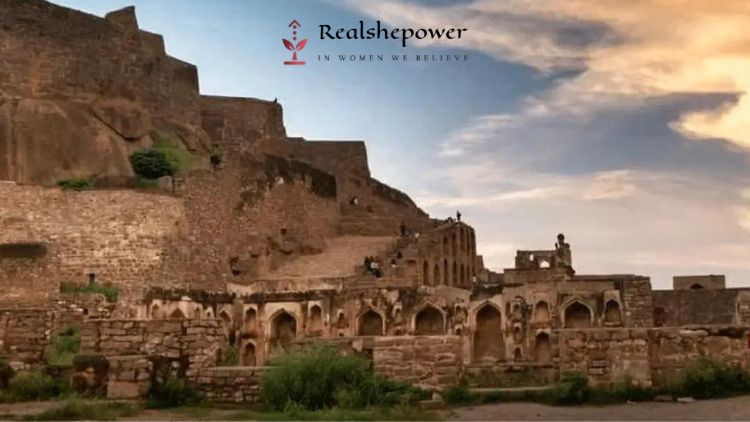Chhatrapati Shivaji Terminus (CST): An Architectural Marvel of Mumbai


Chhatrapati Shivaji Terminus (CST), formerly known as Victoria Terminus, is a railway station and an iconic landmark of Mumbai, India. It was built during the British Raj in India and is a fine example of Victorian Gothic architecture. CST is not only a transportation hub but also a cultural and historical monument of Mumbai. It is a UNESCO World Heritage Site and attracts millions of visitors every year.
Table of Contents
History of CST
CST was designed by Frederick William Stevens, a British architect who worked for the British colonial government in India. The construction of the station began in 1878 and was completed in 1887. The station was named Victoria Terminus in honor of Queen Victoria, who was the Empress of India at that time. In 1996, the station was renamed Chhatrapati Shivaji Terminus, after the Maratha warrior king Chhatrapati Shivaji, who founded the Maratha Empire in the 17th century.
Architecture of CST
CST is an outstanding example of Victorian Gothic architecture. The station building is made of sandstone and limestone and has a remarkable fusion of Indian and Western architectural styles. The station’s central dome is the most striking feature of the building, with its octagonal shape and stained glass windows. The dome is supported by eight ribs and rises to a height of 160 feet. The building also has turrets, pointed arches, and gargoyles, which are typical of the Gothic style.
The interior of CST is equally impressive, with its high ceilings, intricate carvings, and stained glass windows. The station has a total of 18 platforms, each with its own unique design and architecture. The station also has a clock tower, which is 83 meters tall, and a statue of Queen Victoria at the entrance.
Interesting Facts about CST
- CST was the first railway station in India to have a public address system.
- The station’s central dome is made of papier-mâché and not stone, as it was thought to be too heavy for the building.
- The station’s clock tower was modeled after the clock tower of the Palace of Westminster in London.
- CST is a popular filming location for Bollywood movies and has been featured in numerous films, including “Slumdog Millionaire.”
- The station is known for its impeccable timekeeping and has been recognized by the Limca Book of Records for its punctuality.
FAQs about CST

Q. Is CST a functional railway station?
A. Yes, CST is a major railway station in Mumbai and serves as a hub for local and long-distance trains.
Q. How can I reach CST?
A. CST is located in the heart of Mumbai and is easily accessible by road, rail, and metro. It is also well-connected to other parts of the city by buses and taxis.
Q. Is CST open to the public?
A. Yes, CST is open to the public, and visitors can take a guided tour of the station to learn about its history and architecture.
Q. Is photography allowed inside CST?
A. Yes, photography is allowed inside CST, but visitors need
to obtain a permit from the railway authorities before taking any photographs.
Q. What are the timings for the guided tours of CST?
A. The guided tours of CST are conducted every day between 3:00 pm to 5:00 pm. The tours are available in English, Hindi, and Marathi.
Q. Is there an entry fee to visit CST?
A. No, there is no entry fee to visit CST. However, visitors need to obtain a permit from the railway authorities to enter the station.
In conclusion, Chhatrapati Shivaji Terminus is not just a railway station, but also an iconic landmark of Mumbai. Its stunning architecture, rich history, and interesting facts make it a must-visit destination for tourists. The station has played a significant role in Mumbai’s development and continues to be an important transportation hub. It is a testament to the city’s rich cultural heritage and a tribute to its architectural brilliance.



You can now write for RSP Magazine and be a part of the community. Share your stories and opinions with us here.
